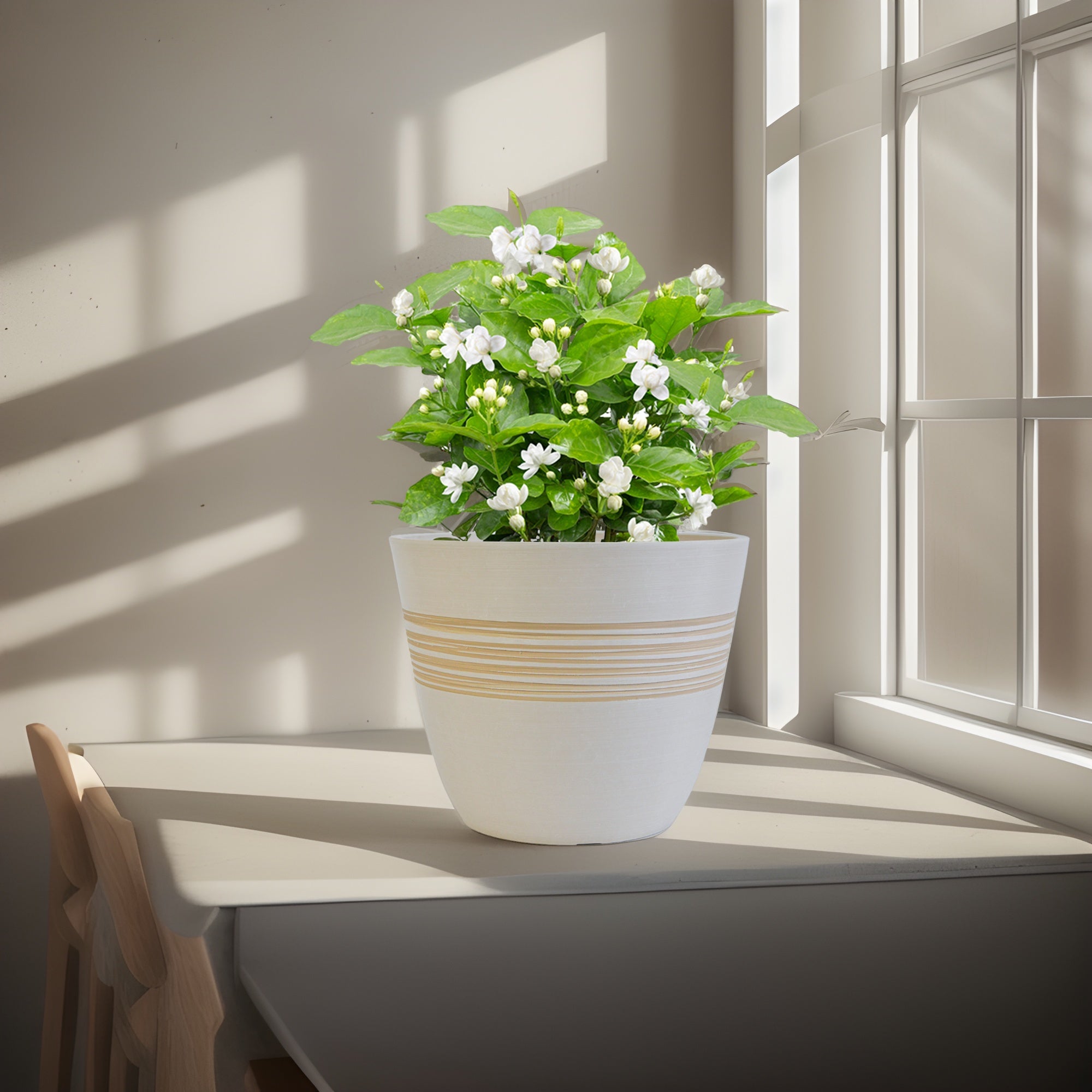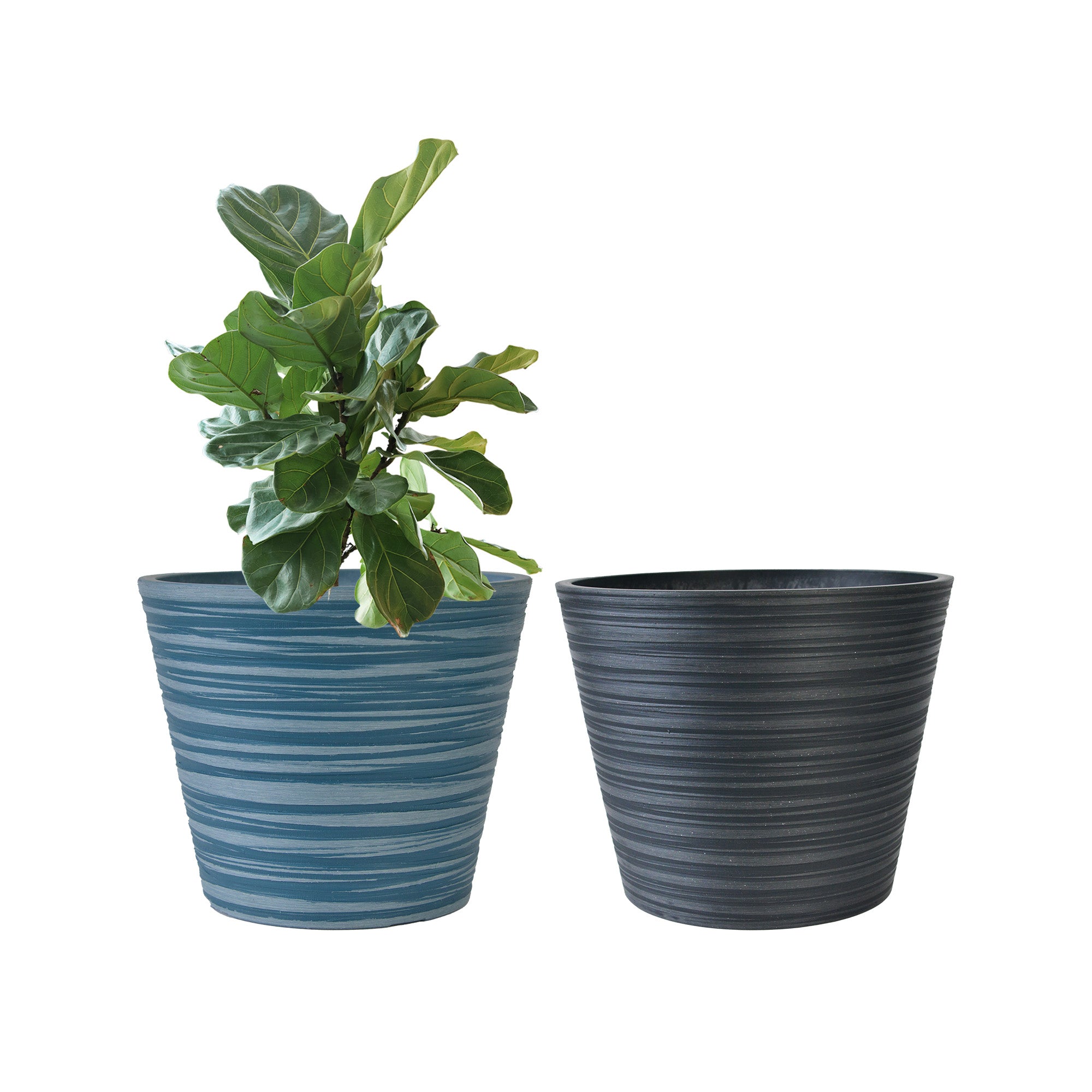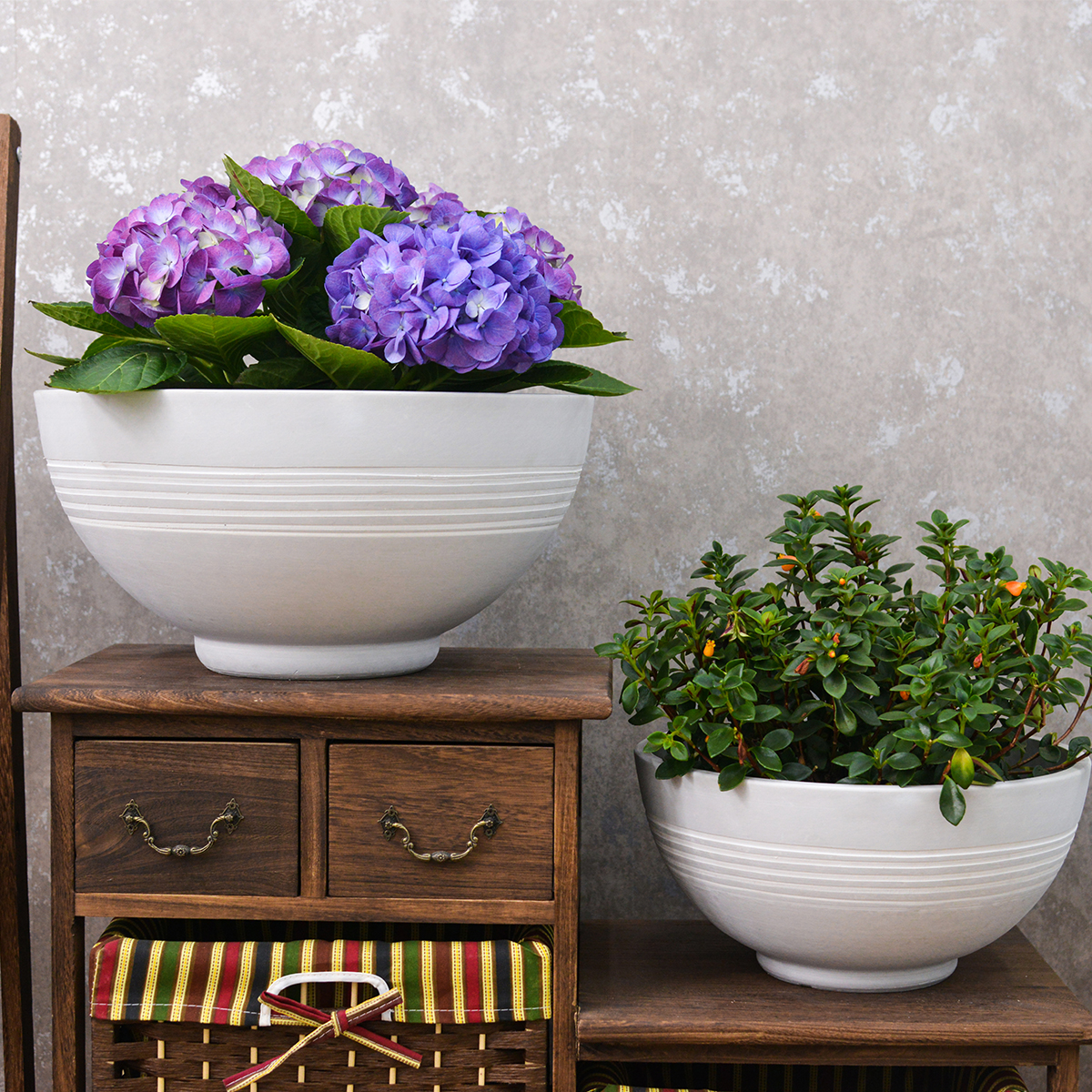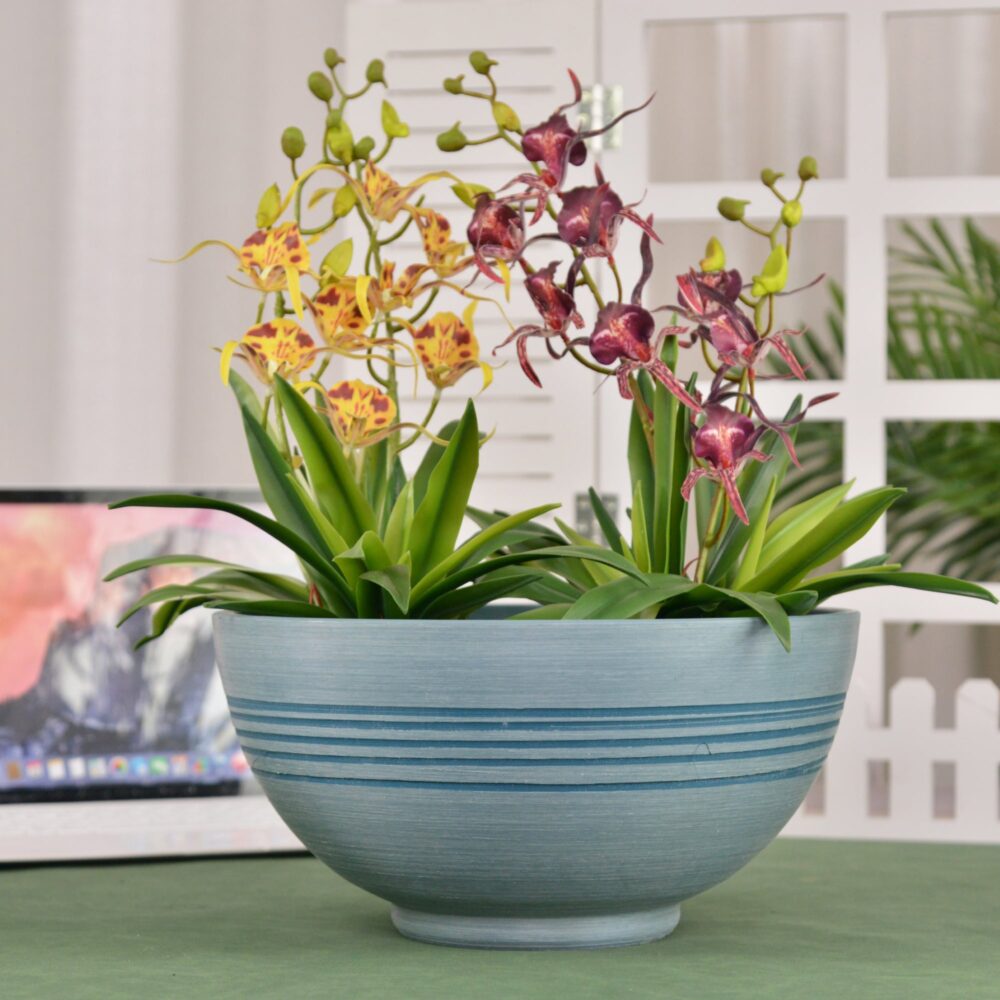How Do I Clean My Planters? A Simple Guide to Freshening Up Your Pots
Keeping your planters clean might seem like a minor detail in gardening, but it plays a significant role in the health of your plants and the longevity of your pots. Over time, planters can accumulate mineral deposits, algae growth, old soil, and even pests and diseases. Regularly cleaning them helps prevent these issues and keeps your gardening looking its best. This guide will walk you through the simple steps to effectively clean your planters.
Why is Cleaning Your Planters Important?
Cleaning your planters offers several benefits:
- Prevents Disease and Pests: Old soil and organic matter can harbor fungal spores, bacteria, and insect eggs that can harm your new plants. Cleaning removes these potential threats.
- Removes Mineral Buildup: Hard water and fertilizers can leave behind mineral deposits on the inside and outside of your planters, especially terracotta. These deposits can hinder drainage and affect the pot’s appearance.
- Discourages Algae Growth: Algae thrive in moist environments and can grow on the surface of the soil and the inside of the planter. Cleaning helps prevent this unsightly growth.
- Improves Drainage: Accumulated debris and mineral deposits can clog drainage holes, leading to waterlogged soil and root rot. Cleaning ensures proper drainage.
- Extends Planter Lifespan: Regular cleaning can help prevent the breakdown of planter materials, especially porous ones like terracotta.
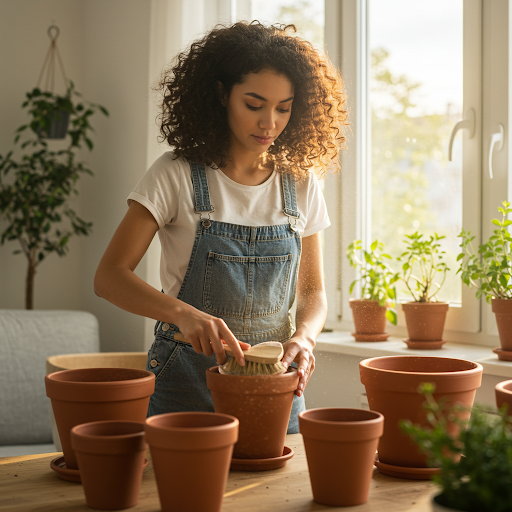
What You’ll Need to Clean Your Planters:
Gather these simple supplies before you begin:
- Gloves: To protect your hands.
- Stiff Brush: A scrub brush, wire brush (for tough deposits on terracotta), or even an old toothbrush.
- Mild Dish Soap: Non-toxic and safe for plants.
- White Vinegar (Optional): For removing stubborn mineral deposits and disinfecting.
- Bleach (Optional, Use with Caution): For disinfecting heavily contaminated pots (see safety notes below).
- Water Hose or Bucket of Water: For rinsing.
- Scrubbing Sponge or Cloth: For wiping down surfaces.
- Old Newspaper or Drop Cloth: To protect your work area.
Step-by-Step Guide to Cleaning Planters:
Empty the Planter: Remove all soil and plant debris from the planter. Discard old soil or compost it if it’s healthy.
Rinse Thoroughly: Use a hose or bucket of water to rinse the inside and outside of the planter, removing loose dirt and debris.
Scrub with Soap and Water: In a bucket, mix warm water with a few drops of mild dish soap. Use your stiff brush or sponge to scrub the inside and outside of the planter, paying attention to areas with visible dirt, algae, or mineral buildup.
Address Stubborn Mineral Deposits (Optional):
- Vinegar Solution: For mild mineral deposits, mix equal parts white vinegar and water. Apply the solution to the affected areas and let it sit for about 30 minutes. Then, scrub with a brush. Rinse thoroughly with clean water.
- Baking Soda Paste: For tougher deposits, make a paste of baking soda and water. Apply it to the deposits, let it sit for a while, and then scrub. Rinse well.
Disinfect (Optional but Recommended): Disinfecting is particularly important if you suspect the previous plants had diseases or pests.
- Bleach Solution (Use with Extreme Caution): Mix one part household bleach with nine parts water. Always wear gloves and work in a well-ventilated area when using bleach. Apply the solution to the inside of the planter and let it sit for 10-30 minutes. Rinse the planter thoroughly with clean water multiple times to remove all traces of bleach. Never mix bleach with vinegar or ammonia.
- Vinegar Solution (Milder Disinfectant): White vinegar also has some disinfecting properties. You can spray the inside of the planter with undiluted white vinegar and let it air dry.
Rinse Thoroughly Again: After scrubbing and disinfecting (if used), rinse the planter thoroughly with clean water to remove any soap, vinegar, or bleach residue.
Allow to Dry Completely: Let the planter air dry completely before replanting. This helps prevent any lingering moisture from contributing to fungal growth. You can place the planters upside down to help them dry faster.
Cleaning Different Types of Planters:
- Terracotta: These can develop significant mineral buildup. A wire brush can be helpful for scrubbing. Soaking terracotta pots in a vinegar and water solution can also loosen deposits.
- Plastic: Generally easier to clean with soap and water. Be mindful of using abrasive brushes that could scratch the surface.
- Ceramic and Glazed: Similar to plastic, these are usually easy to clean. Be cautious with strong chemicals that could damage the glaze.
- Wooden: Avoid soaking wooden planters for extended periods. Use a damp cloth or brush with mild soapy water and rinse lightly. Ensure they dry thoroughly to prevent rot.

Tips for Keeping Planters Cleaner Longer:
- Use Fresh Potting Mix: Start with fresh potting mix each planting season to minimize the carryover of pests and diseases.
- Ensure Good Drainage: Proper drainage prevents water from sitting in the planter, which can contribute to algae growth and mineral buildup.
- Wipe Down Regularly: Occasionally wipe down the exterior of your planters to remove dust and dirt.
Conclusion: Fresh Pots for Happy Plants
Cleaning your planters is a simple yet effective way to promote healthy plant growth and maintain the appearance of your gardening space. By following these easy steps, you can ensure your pots are a clean and welcoming home for your plants season after season.
Planter for Indoor Outdoor Plants, Set of 2 Modern Decorative Plant Pots with Drainage Hole, Decorative Flower Pots
By greenship-seo|2025-04-10T07:46:01+00:00January 9, 2025|Categories: Hand-carving Series|Tags: Decorative Flower Pots, Self-Watering Pots|
Planter 5 in W / 8 in W / 12 in W or Indoor Outdoor Plants, Modern Decorative Plant Pots with Drainage Hole, Decorative Flower Pots
By greenship-seo|2025-04-10T06:37:58+00:00January 16, 2025|Categories: Hand-carving Series|Tags: Decorative Flower Pots|
KC3-09k
By greenship|2024-08-16T06:24:36+00:00August 16, 2024|Categories: Hand-carving Series|
HS
By greenship|2024-08-13T06:45:17+00:00August 13, 2024|Categories: Hand-carving Series|
Planter 6 in W / 8 in W / 12 in W Indoor or Outdoor Plants, Modern Decorative Plant Pots with Drainage Hole, Decorative Flower Pots
By greenship-seo|2025-02-06T13:43:53+00:00January 16, 2025|Categories: Hand-carving Series|Tags: Decorative Flower Pots|
13 inch Planter for Indoor Plants, Set of 2 Modern Decorative Plant Pots with Drainage Hole, Cute Bowl Shape Flower Pots
By greenship-seo|2025-04-10T07:41:46+00:00January 10, 2025|Categories: Hand-carving Series|Tags: Decorative Flower Pots, Self-Watering Pots|

